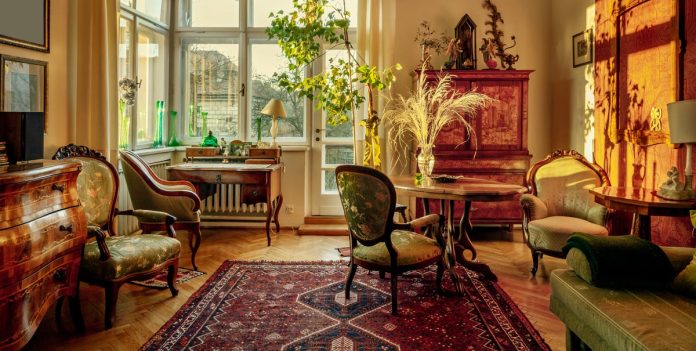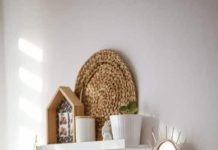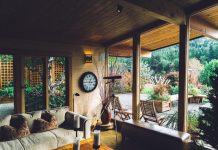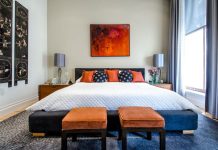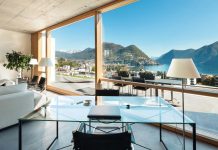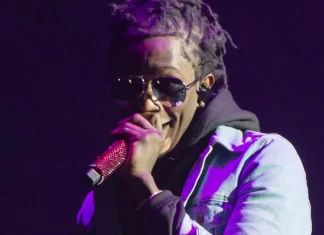In recent years, many people have redesigned their homes with a minimalist aesthetic in mind. But according to many designers, minimalism is out and other design trends that favor bold colors and textures are in. Think color-drenched kitchens, moody bedrooms, and living spaces filled with personal items.
While minimalism was once lauded as a way to decrease clutter and create a sense of openness in the home, designers now say that this style can feel a bit cold and impersonal. While certain elements of the minimalist style are sure to live on, decorators are encouraging their clients to incorporate more distinctive items into their decor.
Here’s what designers say they aren’t loving about traditional minimalism, and what home decor trends they’re seeing pop up in its place.
Why are designers straying from minimalism?
“Minimalist interiors can often feel stiff or museum-like,” says Sarah Storms of Styled by Storms. “The colors — cool grieges, blacks and stark white — used in these spaces can feel cold.”
“Minimalism makes it hard to create different zones and spaces — and they aren’t very emotional spaces,” adds interior designer Lucinda Sanford. “Today, clients seem to be more open to interiors that look like they can be touched, appreciating designs that can add their own personality to.”
The designers we spoke to say renters and homeowners alike are craving old-world charm through antiques, reupholstery and handcrafted decor — all of which happen to be environmentally friendly choices, too.
Another reason for the death of minimalism? The impact COVID-19 had on home design. “People were in their homes so much that the mindset shifted to really investing in our spaces,” says Storms. “Even when people started traveling again and returning to the office, the idea of a comfortable home remained.”
In place of minimalism, what interior styles are trending?
As the desire for personalized spaces filled with color, texture and unique details grows, homeowners are embracing maximalist, eclectic and vintage home styles. That translates to mismatched furniture sets, moody paint colors, natural woods and vibrant patterns.
“Clients are looking for more adult spaces when it comes to entertaining,” says Storms. “Places that have design and style, but that your kids can also live in without worry. People also crave homes that reflect themselves. They want to mix in treasures from travels and relatives.”
Eclectic interiors, typically a combination of old and new pieces, have a way of evoking creativity and comfort, whether through vibrant colors or surprising accents. “This style allows you to break the rules and mix contemporary clean lines with more traditional elements,” says Storms.
As for why homeowners are trading neutrals for saturated hues, Storms emphasizes that “color evokes emotion within people.” She adds, “When you surround yourself with color, whether it’s bright or moody, you instantly have a reaction — happiness, comfort, serenity.”
Alyssa Gautieri (she/her) is the associate lifestyle editor for Good Housekeeping, where she covers all things home and interior design. Prior to joining GH in 2022, she wrote for publications including ELLE Decor, Chairish, BobVila.com, Unique Homes Magazine and LODGING Magazine, in addition to crafting product copy for home brands like BrylaneHome and VIGO Industries.

Jamie Ballard (she/her) is a freelance writer and editor who covers news, lifestyle, and entertainment topics, including sex and relationships, TV, movies, books, health, pets, food and drinks, pop culture, shopping, and personal finance. She regularly contributes to Cosmopolitan, Woman’s Day, Good Housekeeping, and YouGov, among other publications. When she’s not working, you can find her running, traveling, or scrolling TikTok. Follow her on Twitter.



